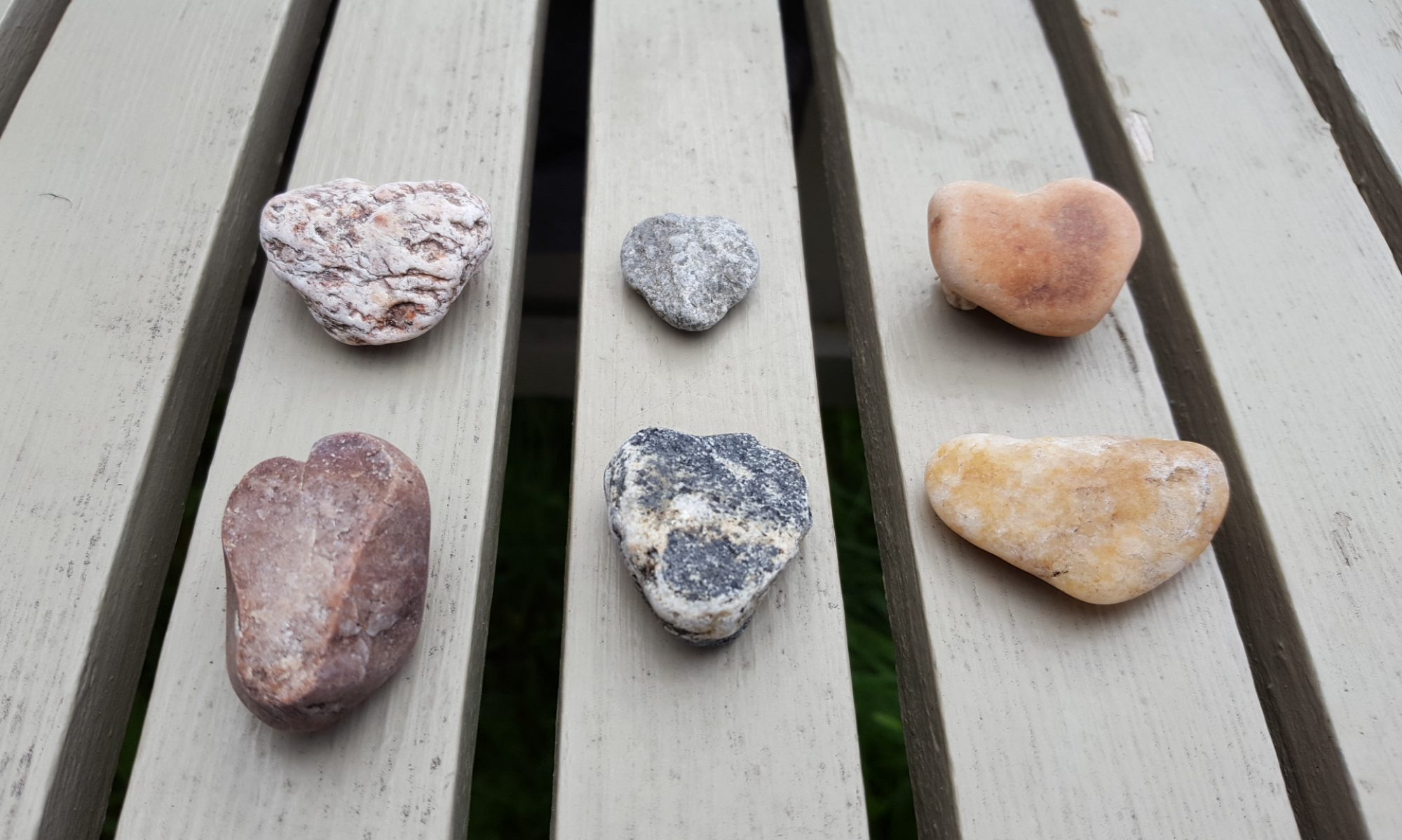For millennia, life forces on planet Earth have evolved as a largely symphonic, albeit at times acrimonious, dance among species of plants and animals. The evolution of species has been depicted as the survival of the fittest. Within species, certainly adaptations in form and function have been spurred by various ambient influences which over long periods changed shapes, sizes, colours, content and roles of species throughout the world we know. It is this remarkable progression that has always made me have one singular wish……..to observe a two-day time-lapse historical review of such changes from the beginning of life forms on Earth. Of course, this wish is nonsensical, and a genuine dream to never be realized, but it would be such a monstrously gorgeous experience.
These thoughts have been recently sharpened by watching various National Geographic and related documentary films. The pretty incredible photography of our planet, including of the species on it, is almost always full of natural selective processes and inter-species rivalries. There are always scenes of predation. The predator-prey relationship is a keystone to the manner in which the network of animals and plants are sustained on the earth and in the seas and lakes. While this predation challenges the senses when first seen, after reflection one fully realizes the necessity of the food chain for the diversity of life that the planet enjoys.
While we do not think so much about humans as predator, in fact they are among the most organized predators. Over a long period of time, humans have gone from tracking wild prey to domesticating animals that then are captive prey. We have a rather weird and archaic relationship to animals then. In different cultures and societies many different domesticated and wild animals are prey for humans…..a range of fowl, deer, elk, moose, bison, bear, fish, dogs, cats, cattle, horses and more…..basically, human will eat almost anything. Sort of at the top of the food chain, humans take advantage of this perch to “raid the cupboard” of nature to the fullest and broadest extent. Humans in certain societies practiced cannibalism, preying on their own species, but thankfully that approach is now passed.
Which leaves me to my final thoughts on this subject for today….. although humans rarely eat each other alive these days, they still display predatorial behaviour in business, geo-politics and wherever money resides. Sociologically, humans have not lost the instinct to acquire, hold, control, mandate, dominate, suppress and annihilate other humans. It is a trailing of our millennia of preying upon other species and ourselves. This transference to sociological predation is in some ways more manageable from an emotional and intellectual standpoint than wildlife predation. Yet, the drive to “own and operate” brings out a darkness in the halls of many institutions, and perhaps most sadly and dangerously, in the halls of government and the boardrooms of industry. May leadership be aggressively considerate of all constituents affected. May we enable more of those not among the strongest to strive, survive and thrive.
